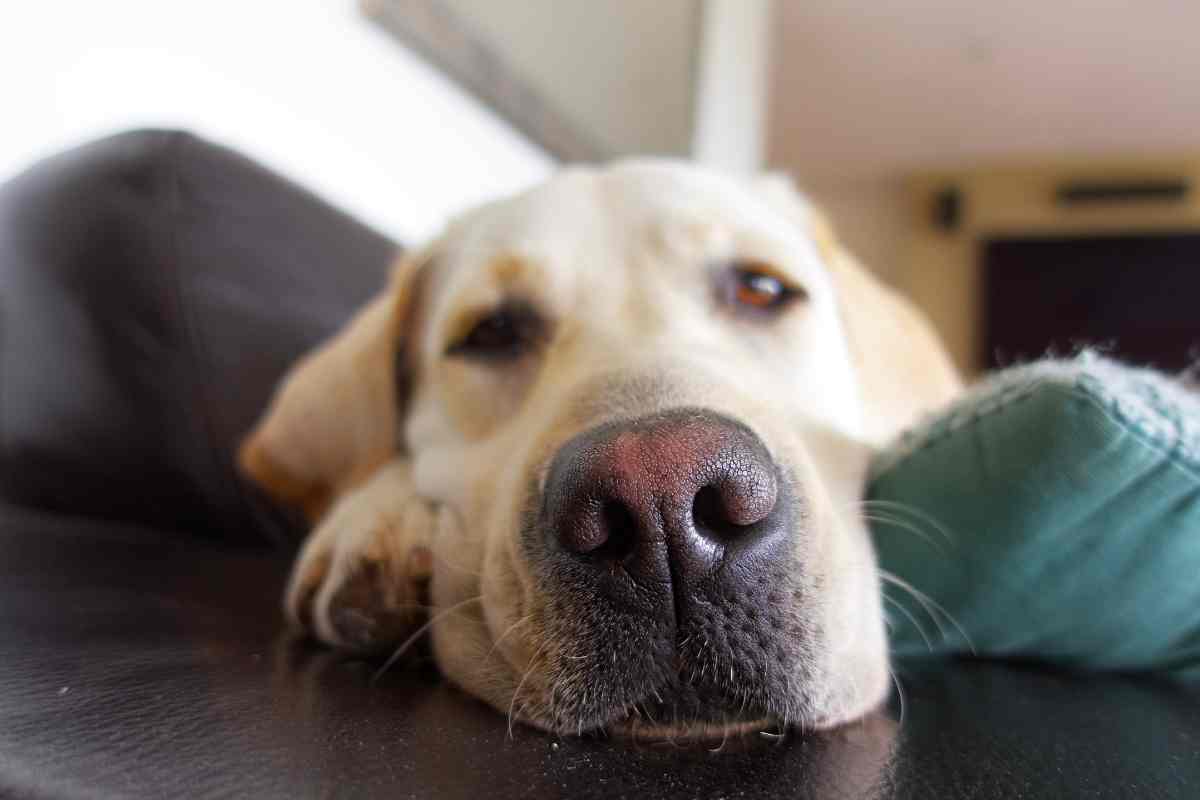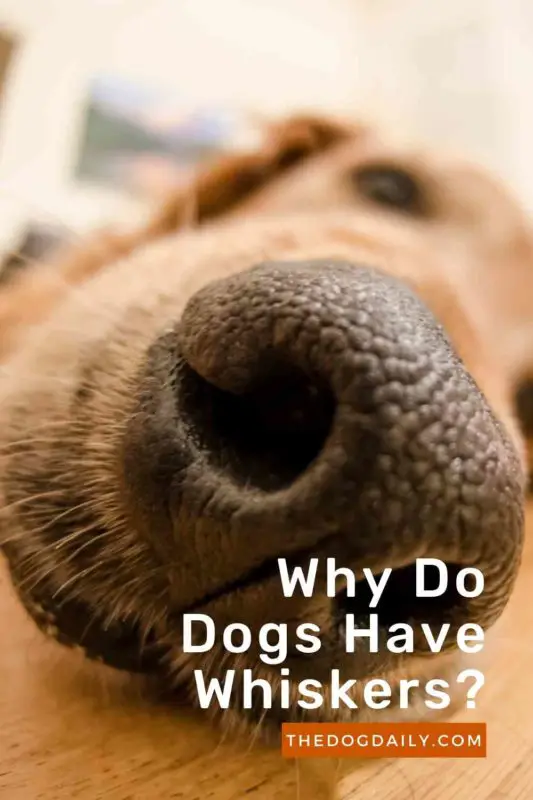Dog Whiskers under Chin
Dogs are so furry that even the most observant of owners can miss details about their appearance. Take dog whiskers, for example. They’re usually visible above the eyes and on the muzzle, but did you know that your dog likely has a tiny beard of whiskers below its jaws? These whiskers are particularly useful for dogs who like to dig, sniff, or do any other activity that requires their nose to be close to the ground.
What Are the Lumps With Whiskers On My Dog’s Face?
If you examine the whiskery areas on your dog’s face, you may notice some dark skin patches. That colored skin resembles what we would call a beauty mark in humans. It’s a collection of nerves on a dog, and the thick hairs that sprout from it are not just dog fur. According to Dr. Foil, “The little beauty marks are mounds of nerves and other connections that make the whiskers function as tactile (feeling) hairs. Dogs have one mound of compound follicles, but they can have more than one whisker in the mound.”
Do Dogs Like Their Whiskers Touched?
Because these hairs are so incredibly sensitive, take special care not to touch or brush one against its natural direction. To do so could be painful for your dog. Since these hairs are sensitive enough to detect wind flow patterns, you can imagine how painful it would be if you brushed them against their normal growth direction. You need to avoid rubbing them the wrong way. Just as your nerve-filled fingertips are more sensitive than other parts of your body, your dog’s vibrissae are ultrasensitive. Whiskers respond to minimal physical input. If you were to play with these hairs, even in jest, your dog might feel as though you pinched its face and not in a good, pleasant way.

What Happens If You Cut a Dog’s Whiskers?
Given the importance of whiskers to dogs as a sensory input, usually, the only time you might fuss with them is if you plan to enter your pet in a dog show competition. However, once cut, the dog’s ability to evaluate and move around its surroundings diminishes. Having cut whiskers can lead to some dogs becoming confused and disorientated, especially if the dog has poor eyesight.
Just as on a dog’s muzzle, the whiskers under a dog’s chin are crucial for sensory information. Cutting or trimming these whiskers has the same impact on a dog as cutting or trimming other whiskers, which is a reduced ability to navigate around their surroundings.
Do Groomers Cut Dog Whiskers?
Cutting off whiskers should not be considered part of a regular dog grooming session; however, some groomers may do it anyway. Discuss with the groomer first and make sure they are reputable before leaving your dog for a trim. There may be cases where a groomer considers it necessary to give a dog’s whiskers a trim. For example, if a dog’s
whiskers are so long that they are poking into the dog’s eye, a small trim would resolve this.
Do Dog Whiskers Grow Back if They are Pulled Out?
Like other hair on your dog, whiskers occasionally fall out to make way for a new one, but they should never be pulled out. The hair follicles surrounding whiskers contain many nerves; this is what makes them fantastic sensory input devices. Pulling them out is extremely painful for a dog, causing discomfort and stress.
Article written by Author: Phyllis DeGioia and The Dog Daily Expert


My dog has a big black hair coming out of a whisker mole .do you pluck it out or just leave it alone.
Pingback: What is the Purpose of Dog Whiskers? - The Dog Daily
Your article helped me a lot, is there any more related content? Thanks!